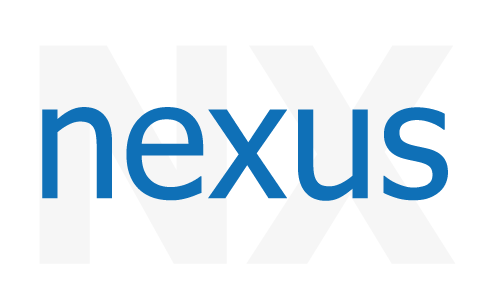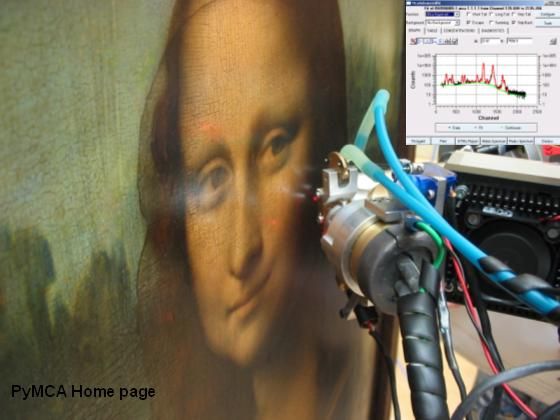Software

CONUSS
The CONUSS software package provides evaluation methods for data obtained by nuclear resonant scattering techniques. It is used for the interpretation of time or energy spectra from coherent elastic nuclear resonant scattering, i.e., forward scattering and Bragg/Laue scattering,

Nexus - Nuclear Elastic X-ray scattering Universal Software
The Nuclear Elastic X-ray scattering Universal Software (NEXUS) is a Python package for simulating and fitting of Moessbauer spectra, nuclear resonant scattering (NRS) data, pure electronic X-ray reflectivities (XRR), nuclear X-ray reflectivities, polarization dependent electronic scattering.
NRS
NRS is a fitting and simulation routine for nuclear resonant scattering, based on CONUSS (s. the related catalogue entry). It can fit and simulate both spectra in the time domain and in the energy domain. The program allows for three different scattering geometries: forward scattering, grazing incidence scattering, and a combination of both. In addition, it can be used to simulate electronic and nuclear reflectivity curves.

PyMca
X-ray Fluorescence Toolkit (visualization and analysis of energy-dispersive X-ray fluorescence data). . The program allows both interactive and batch processing of large data sets and is particularly well suited for X-ray imaging. Its implementation of a complete description of the M shell is particularly helpful for analysis of data collected at low energies. It features, among many other things, the fundamental parameters method
REFTIM
The program REFTIM calculates and fits the time spectra of nuclear resonant reflectivity, delayed and prompt reflectivity curves and the corresponding conversion electron Mössbauer spectra (CEMS) for any multilayer structure containing 57Fe, 151Eu, 149Sm, 119Sn or other isotopes if they have M1 Mössbauer transition. The experimental details of the nuclear resonance scattering technique with synchrotron radiation are described in the ID18 beamline Web pages.
- ← Previous
- 1
- Next →

